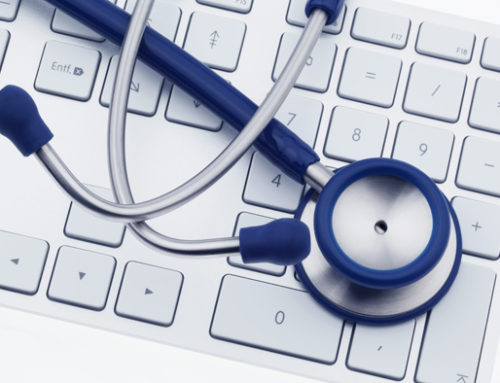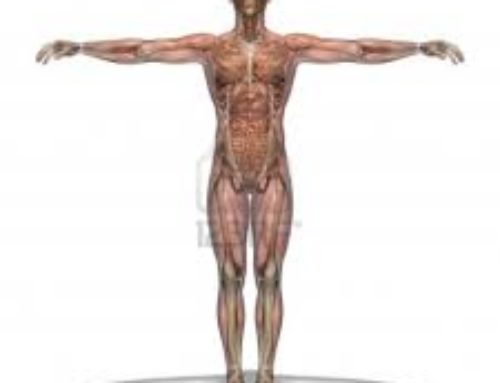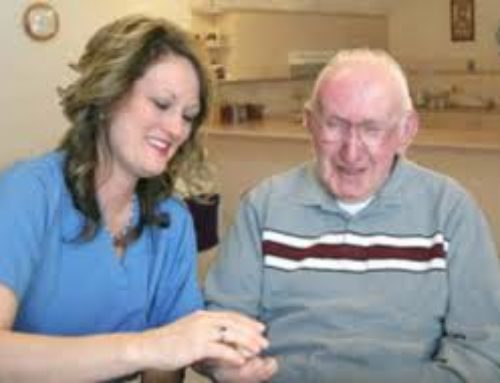
Introduction:
In the circulatory system, the force that is exerted on the walls of arteries by the pumping of blood by the heart is termed Blood Pressure. The device that is used to measure blood pressure is called a sphygmomanometer. This measurement is often taken while relaxed and in a lying down position. The reading acquired will look like this: 120/80 and the units that blood pressure is measured in are: mm of Hg (millimetres of mercury). The larger number represents systolic pressure. This is the pressure exerted on the arterial walls, as the heart squeezes blood systematically during each beat. The diastolic pressure, the smaller number, corresponds to the pressure that presents as the heart relaxes before its next beat. Both systolic and diastolic pressure increase with age and are known to vary widely amongst populations.
Hypertension is the term used to describe an abnormally high blood pressure. It’s symptom criteria depends on how high the values are, however the normal medical range for the classification of hypertension reveals that systolic pressure would be equal to or above 140mm Hg and the diastolic pressure would be above or equal to 90mm Hg. Statistics reveal that almost one third of the population are hypertensive. However due to the nature of the condition it will remain asymptomatic until an acute episode relating to the cardiovascular system becomes apparent. An asymptomatic condition indicates that there are no symptoms that represent the condition.
There are two sub classifications of hypertension. The first is termed Essential or Primary Hypertension (EH) which indicates that the reason for the rise in pressure is unknown. This constitutes for more than 95% of cases relating to hypertension. Heavy research is being done to better explain this condition and the emerging information may indicate genetic or environmental stresses that could damage the body’s blood pressure regulation system. The second sub classification is called Secondary Hypertension. This is diagnosed when there is a definable cause for the rise in pressure. As a result this type of hypertension is more readily confronted by a cure.
Causes:
As mentioned above some of the causes for certain types of hypertension are not known. However a number of factors have been recognised to increase the risk of developing and resulting in serious damage to the body. Some of the most common risk factors include:
- Smoking
- Ageing
- Diabetes
- Depression
- High cholesterol levels
- Inactive lifestyle
- Obesity
- Salt intake (Essential Hypertension)
- Renal Failure
- Congenital heart defects
- Genetic/hereditary
- Inflammation of arteries and arterioles
- Adrenal Tumours
- Renal Hypertension
- Obesity and Metabolic syndrome
The last three on the above list are more likely for secondary hypertension.
Genetic factors are thought to be an underlying factor contributing to essential hypertension. Although the specific genes that result in hypertension have not yet been identified, the factors and genes that contribute to the renin-angiotensin system which is the system that contributes to regulating blood pressure by maintaining the salt balance is being researched.
Patients that are affected by essential hypertension all prove to have and increased resistance in their peripheral arteries and some inflammation.
Recreational drugs are often a source of increased blood pressure, they include cocaine and amphetamines.
Prescribed and over the counter medications are too, reasons for an increase in blood pressure. Some examples include:
- The contraceptive pill
- Decongestants
- Pain relieving drugs
- Cold and flu medication
Signs and Symptoms:
Hypertension does not normally present any signs or symptoms and is a condition that is often referred to as the “silent killer”. Symptoms become known only when an acute episode such as a heat attack (myocardial infarction) or a stroke results.
However some evidence suggests that some cases observe dull headaches, nose bleeds and dizziness in the earlier stages of the condition indicating that the condition could progress to a fatal stage.
Diagnosis:
Regular blood pressure checks should be routine when visiting a physician, especially if the condition is present in the family.
The primary way to measure blood pressure is by using a sphygmomanometer or blood pressure “cuff”. This would need to be done several times to ensure that factors such as stress, body position, smoking or caffeine are not influencing the result. It is often that physicians will give the patient a home blood pressure monitoring kit to be able to assess results at different times throughout the day. The systolic reading is usually the major factor in determining the condition and this is especially true for patients over 50 years of age. A thoughrough medical exam that includes a family medical history including drugs taken by family members with the similar condition, listening to heart sounds for extra sounds, feeling the neck and abdomen and thyroid for any palpable enlarged abnormalities.
Electrocardiogram (ECG) / Stress Test: This non-invasive technique is used to view the hearts electrical waves and is normally suggested with patients that suffer chest pain during exercise. Any heart abnormalities are monitored at rest, then during stress (walking on a treadmill) and again during recovery. If the patient is unable to physically walk or run, then drugs such as dobutamine and adenosine can be administered to mimic the stress of the heart. Blood pressure is also monitored closely before, during and after the test.
Often regular blood tests will be conducted to obtain information that may indicate any kidney dysfunction which has been known to produce elevated blood pressure levels. Blood tests may also reveal mineral deficiencies which are have been recorded to influence blood pressure readings.
An ophthalmoscope is a device that is used to look at the back of the eye; this procedure will investigate the smaller vessels that may be affected or damaged by high blood pressure.
Complications:
Hypertension has a string of complications when left untreated.
- Ruptured vessels in the brain, which will eventually lead to a stroke.
- Thickening of arterial walls which can lead to a decreased blood and oxygen flow to muscle and tissues which can potentially lead to a heart attack.
- Heart failure is often a result as the heart has to compensate for the increase in pressure and often does that by increasing its muscle mass.
- Loss or damage to blood vessels in the eye can lead to loss of vision.
- Narrowed vessels in the kidney can often cause problems for surrounding organs.
- Metabolic syndrome which includes a variety of conditions which is the result of elevated levels of fats and cholesterol and even altered measures of insulin. This increases the chances of heart conditions, diabetes and stroke.
Treatment:
The treatment for hypertension will relate to the severity of the condition and if there are any other medical symptoms such as heart disease or peripheral vascular conditions, present at the same time.
Generally a lifestyle change is advised, regular exercise and diet constrictions will be enforced in an attempt to stop the condition escalading into anything fatal. Some of general treatment suggestions:
- Promote weight loss to a healthy weight
- Stop smoking
- Diet monitoring
- Decreased salt consumption
- Regular exercise
- Minimal alcohol intake
Medications that are often used to treat hypertensive patients are:
- ACE inhibitors (Angiotensin converting enzyme) Often prescribed to patients with diabetes.
- Beta Blockers
- Angiotensin two receptor blockers
- Diuretics (usually the first drug prescribed for uncomplicated hypertension)
- Calcium channel blockers
- Renin Inhibitors
- Vasodilators
- Alpha-blockers
A visit to the doctor is recommended no less that once a month after, antihypertensive drug treatment has commenced.
Not following strict treatment guidelines and failing to take medication as prescribes will significantly increase the risk of allowing a hypertension problem to escalade into something much more serious.
Prevention:
Lifestyle choices should be the primary concern when dealing with hypertension. If a family history proves to exhibit threats of developing the condition, then extra attention should be enforced with diet, regular check ups and a healthy exercise routine. Once being treated for hypertension, being vigilant with lifestyle decisions will prove to dramatically reduce the chances of the condition to develop into a serious heart or circulatory or any other disease. Side effects that some drugs can have should not be reason to skip medication, alert a physician to combat this issue, instead of letting your blood pressure pay the price.
A host of relaxation therapies can be used to combat the stresses of daily life. These include yoga, breathing techniques, soft martial art, muscle relaxation techniques and other alternative therapies that can be useful in maintaining a normal blood pressure reading. If hypertension is already an issue, confirm with a doctor about relaxation tools and techniques that would be more suited to your specific case.






Leave A Comment